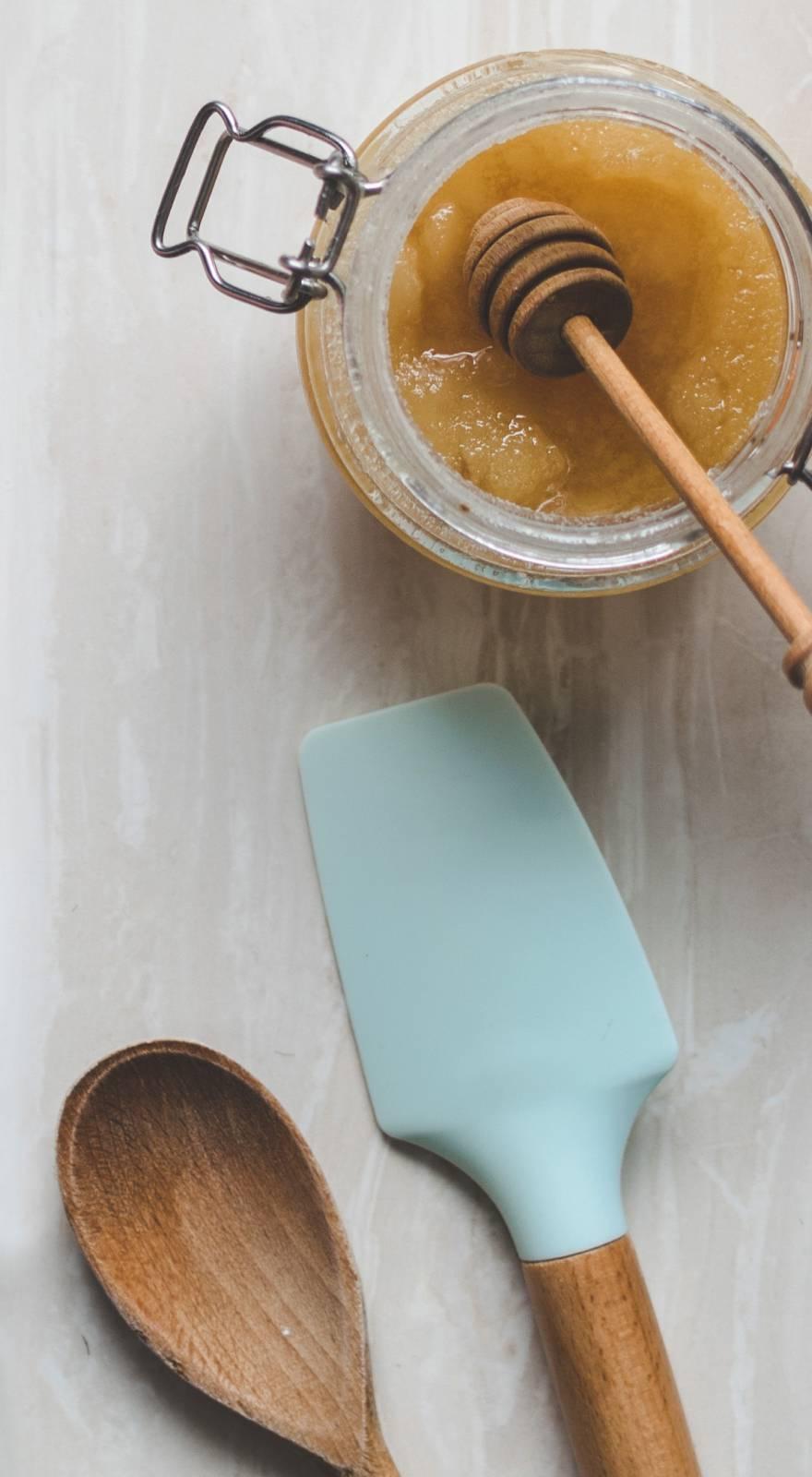Knowde Enhanced TDS
Identification & Functionality
- Ingredient Name
- Ingredient Origin
- Food Ingredients Functions
- Starting Raw Material
- Flowers
- Botanical family
- Asteraceae
- Botanical Name
- Ormenis mixta (L.) Dumort.
- CAS No.
- 68916-68-7
- Ingredients
- Chamomile, Moroccan Chamomile Oil
- Technologies
- Product Families
- Main Origins
Moroccot
Features & Benefits
- Labeling Claims
Applications & Uses
- Markets
- Applications
- Food & Nutrition Applications
- Uses
In fragrances, cosmetics and aromatherapy (skin calming, anxiolytic and antidepressant).
Properties
- Physical Form
Regulatory & Compliance
- Certifications & Compliance
- Regulation
- _x007f_Monographs: none.
- IFRA: Permitted.
- Cosmetic Allergens: Limonene.
- Safety summary: Recommendation for usage levels up to 1% in fragrance concentrate
Technical Details & Test Data
- Chemical Profile & Chemotypes
This oil has not been sufficiently studied, so its chemical composition could vary between crops and batches.
The main key constituent of wild chamomile is "Santolina Alcohol" (approximately 30%).
This substance is also only present in other few oils like "Artemisia Vestita", "Artemisia Judaica", "Santolina Chamaezyparisus" or "Ravensara Aromatica".
The contents of the sesquiterpene "Germacrene D" (3 - 5%) and the alcohol "Trans-Pinocarveol" (1 - 3%) are also important as quality indicators.
The rest of the known constituents are the following (the contents are only indicative):
- Alpha Pinene: 10 - 15%
- Limonene: 3 - 6 %
- Yomogi Alcohol: 3%
- Artemisia Alcohol: 1 - 3%
- Bornyl Acetate: 3%
- Trans-Pinocarveol: 2 - 7%
Regarding adulteration, we should only be aware of Pinene additions and/or blue fat-soluble colorants dosage (the latter with the objective of sell it as the better and expensive Blue Chamomile)

